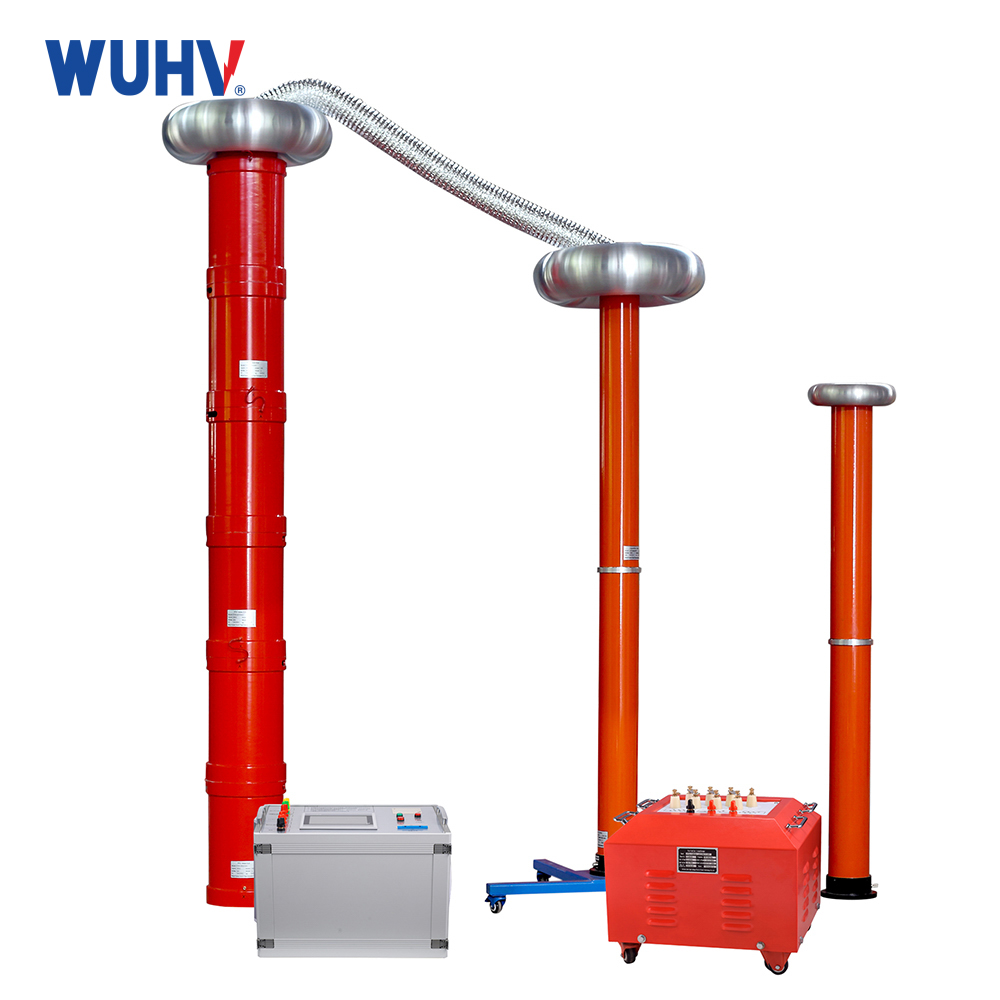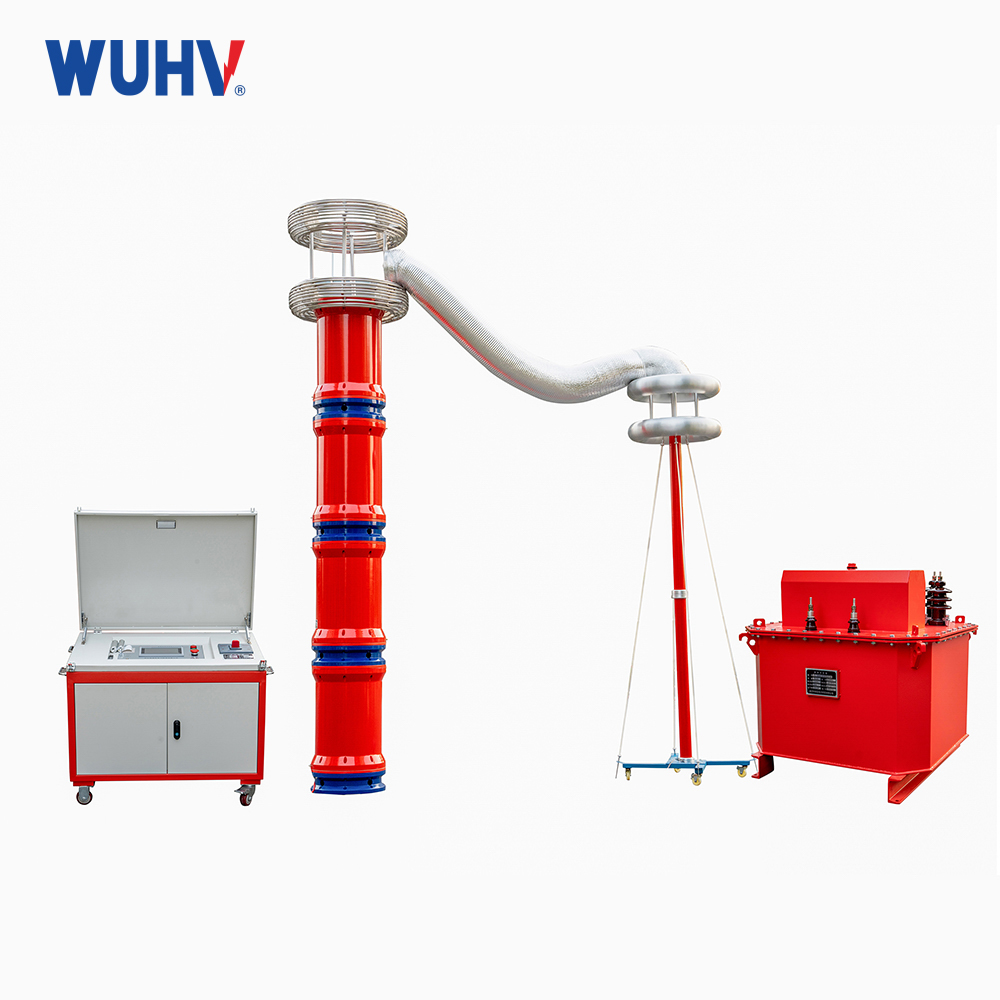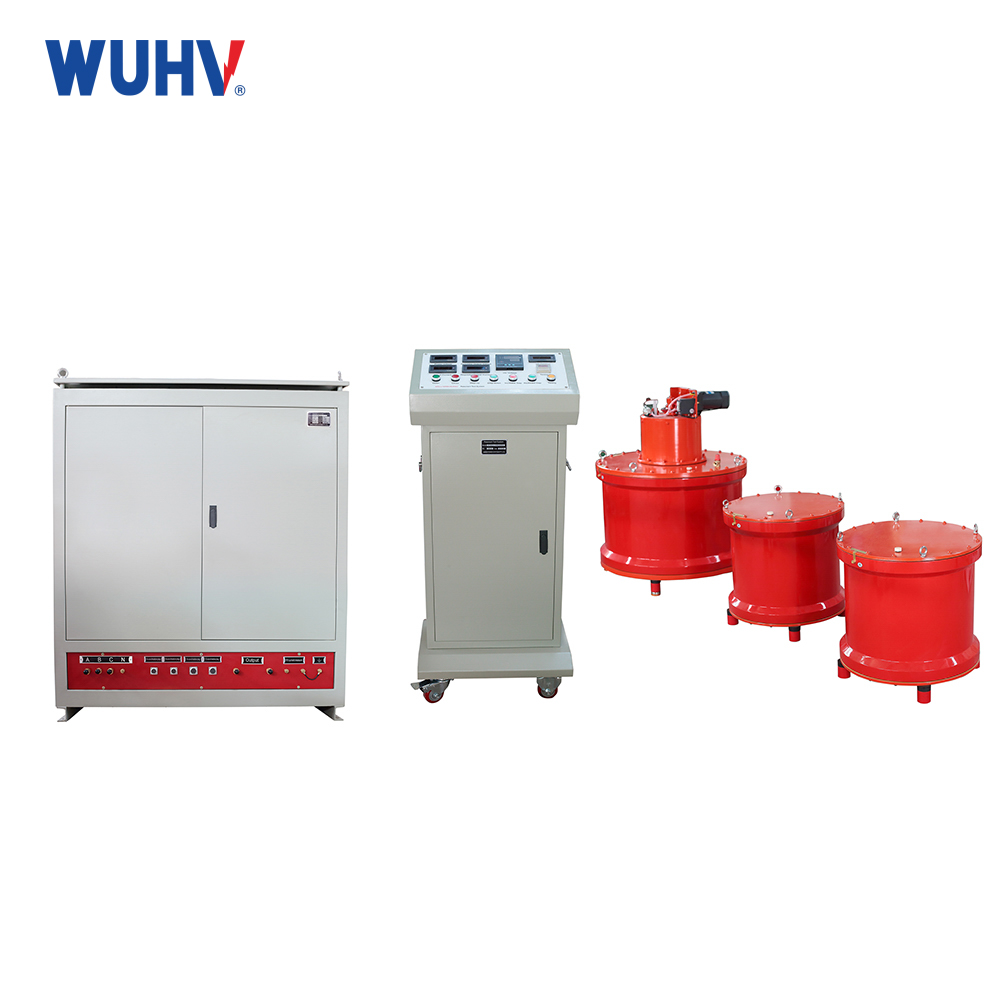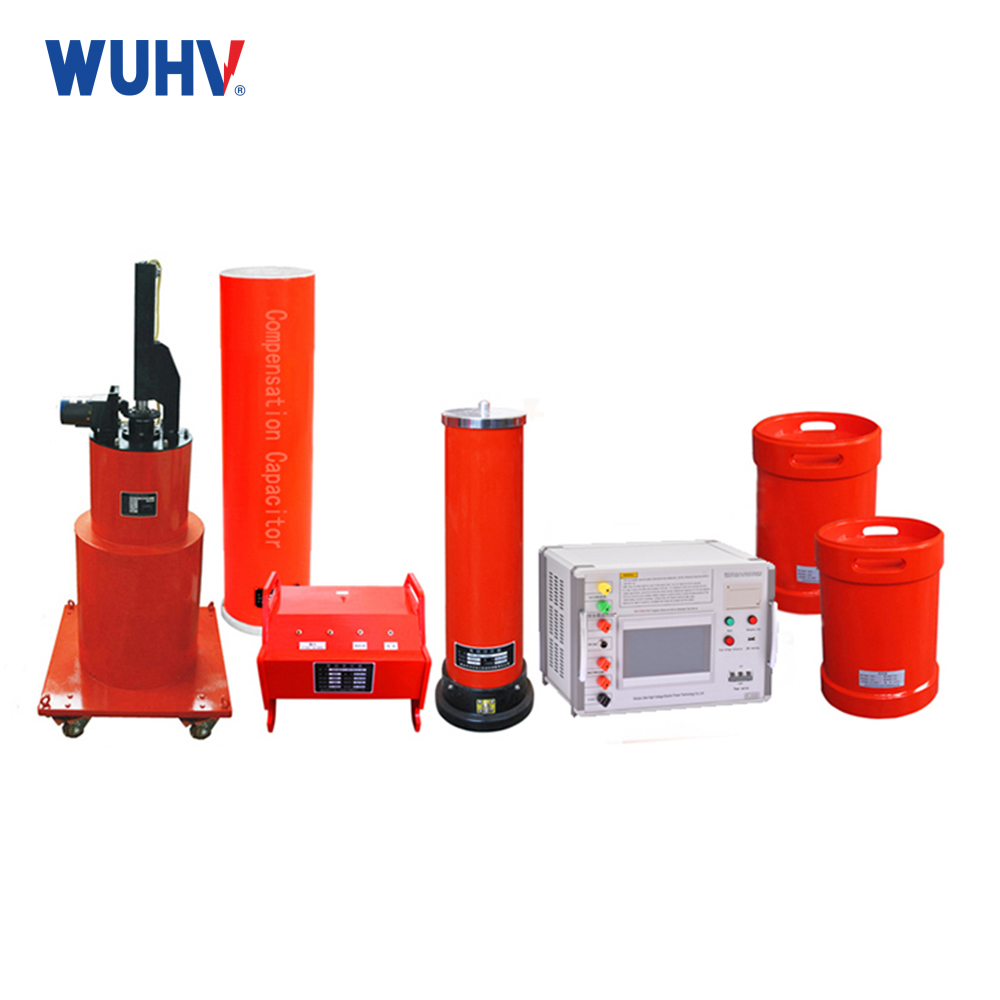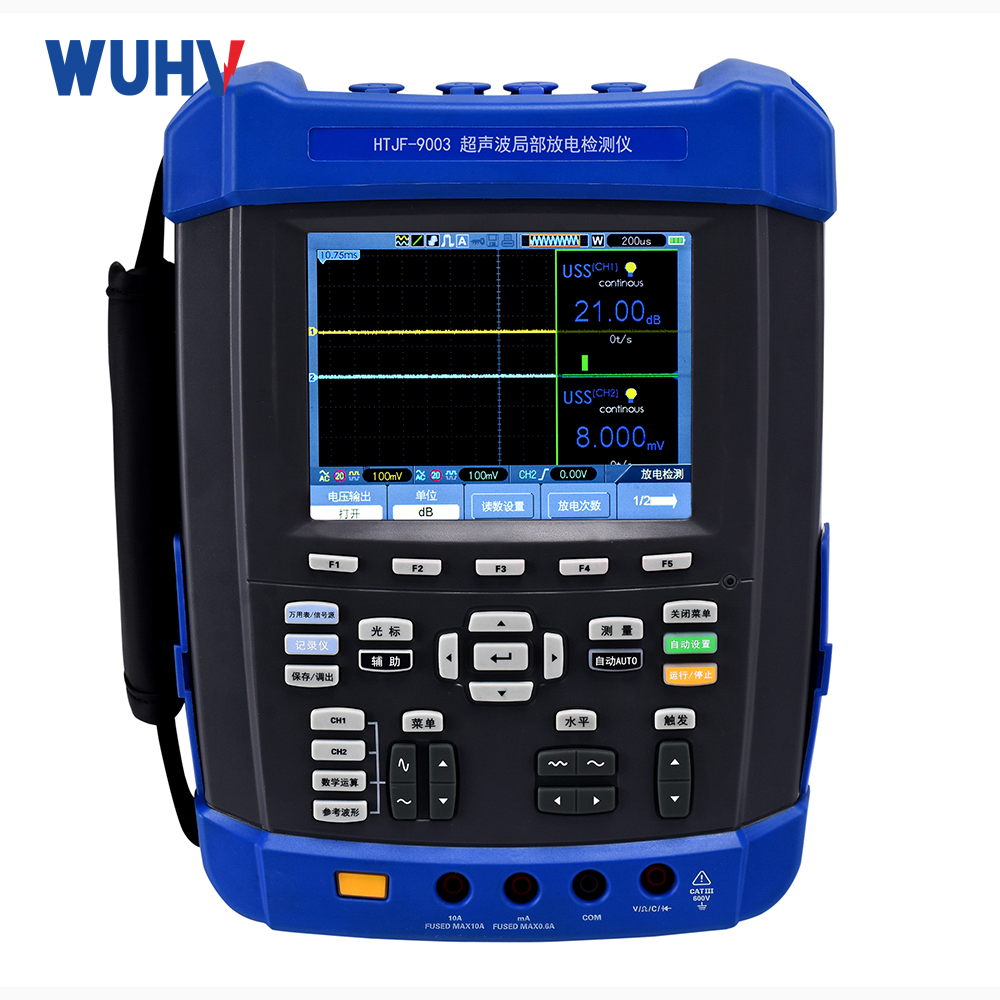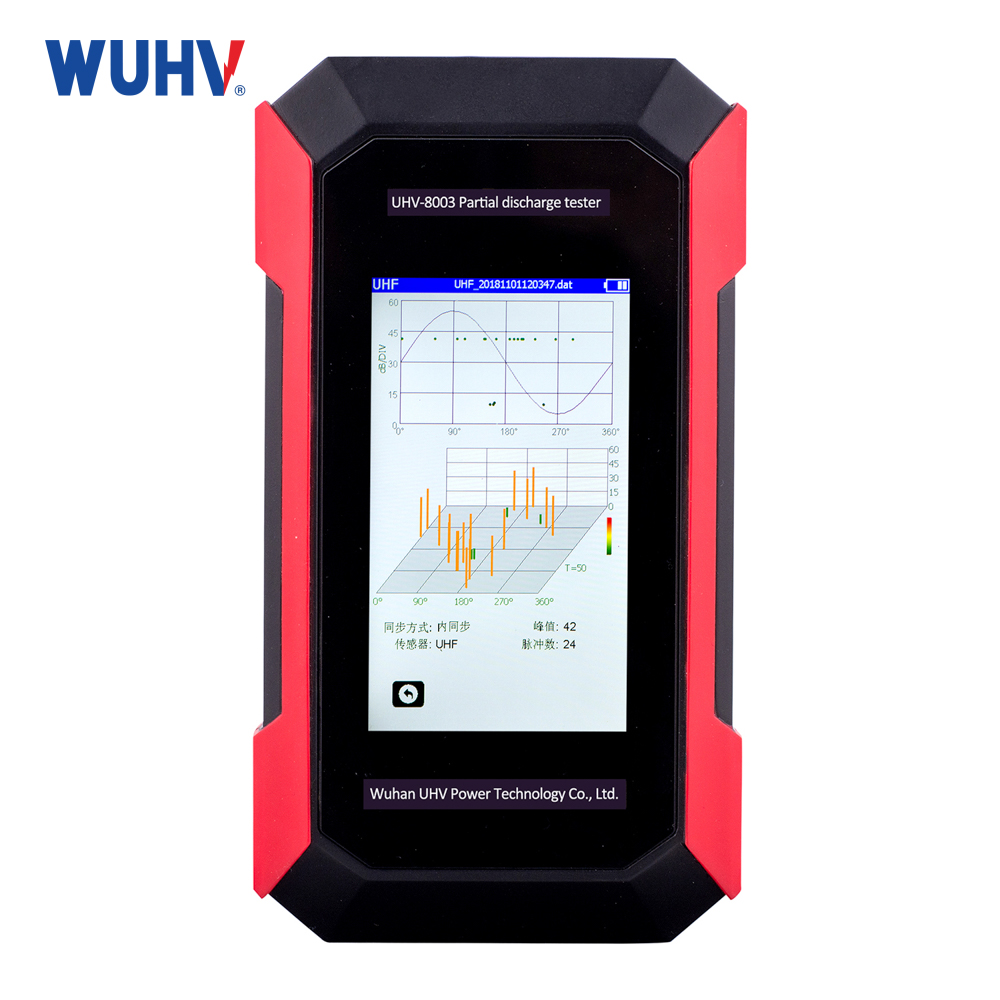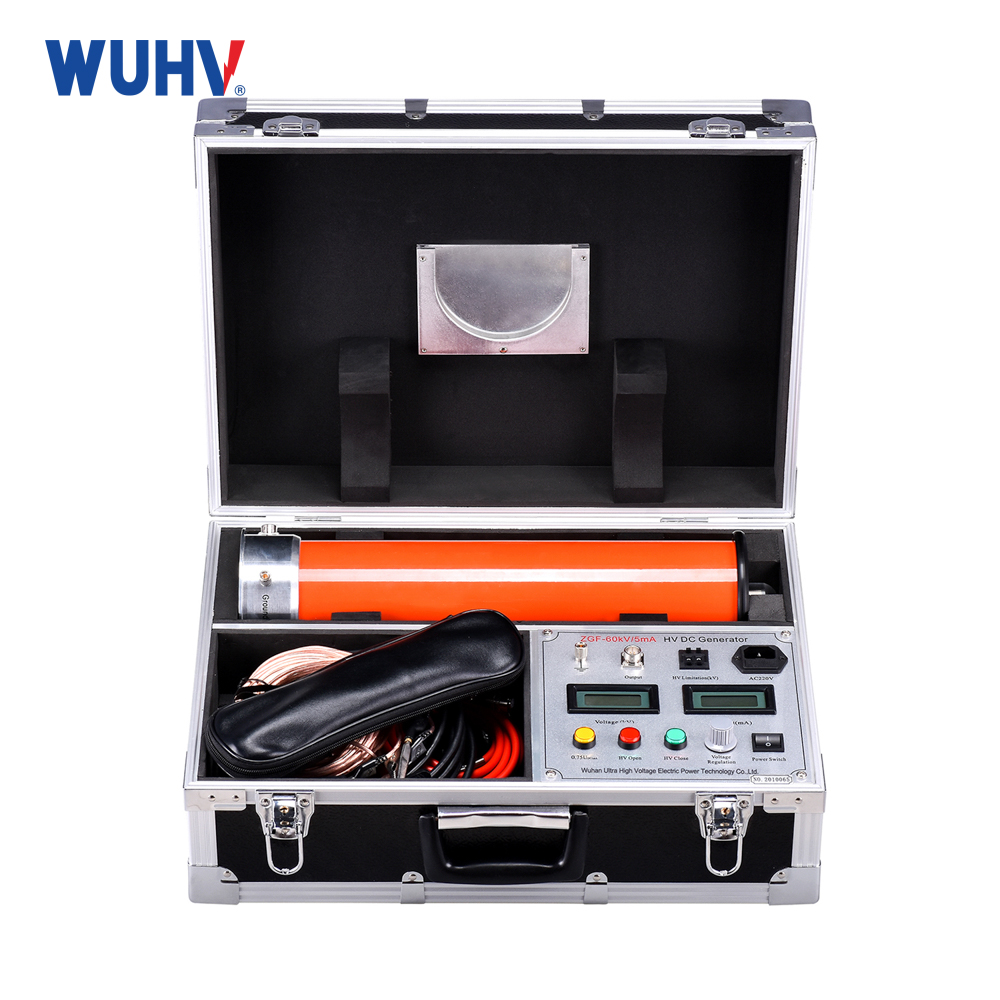The cable fault tester under Wuhan UHV can help many power workers conduct various power tests more conveniently.
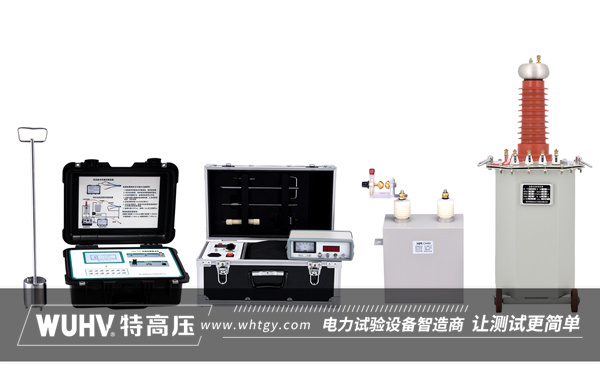
The solution to high-voltage cable faults requires following a series of clear and systematic steps to ensure safe and accurate location and repair of the fault. The following are solutions summarized based on relevant information:
1、 Ensure safety
Cut off power: Before starting any troubleshooting, it is necessary to ensure that the power has been cut off to avoid the risk of electric shock.
Notify professionals: For complex faults or situations with safety hazards, they should be promptly notified and wait for the arrival of professionals.
2、 Confirmation of fault symptoms
Detailed understanding of the fault phenomenon: including the time, location, and manifestation of the fault, such as cable disconnection, short circuit, voltage fluctuation, etc.
3、 Inspection and exclusion
Physical inspection:
Check whether the cable has suffered physical damage, such as breakage, cutting, or damaged insulation layers.
Check for loose or damaged connectors, joints, and accessories.
Using testing instruments:
Use an insulation resistance tester to measure the insulation resistance of the cable and determine if the insulation is damaged.
Use a grounding resistance tester to check the grounding condition.
Use a partial discharge measuring instrument to detect partial discharge phenomena.
4、 Fault location
Use fault diagnosis tools such as cable trackers, infrared thermal imagers, etc. to help locate the fault point.
High frequency signal positioning: Apply high-frequency signals on the cable and determine the location of the fault point by detecting changes in signal strength through a receiving device.
5、 Repair or replace
Repair insulation: If the insulation layer is lightly damaged, you can try repairing the insulation layer, such as using insulation tape or insulation oil for repair.
Component replacement: For severely damaged cable segments or connectors, new components need to be replaced.
Reconnect: If the connector is loose or damaged, it needs to be reconnected and ensure that the connection is secure and reliable.
6、 Testing and Validation
Post repair testing: After completing the repair or replacement, necessary tests such as insulation resistance testing, partial discharge testing, etc. need to be conducted to verify whether the fault has been resolved.
System restart: Restart the system while ensuring that the fault has been resolved and the system is safe.
7、 Preventive measures
Regular testing: Regularly conduct insulation resistance, leakage current, partial discharge and other tests on high-voltage cables to promptly identify and address potential issues.
Strengthen protection: Add protective sleeves outside the cable to avoid external damage; Use moisture-proof insulation materials in damp environments.
Control load: Strictly control the usage load of cables to avoid insulation aging caused by long-term overload operation.
Improve the system: Establish a comprehensive maintenance and management system for high-voltage cables, including regular maintenance, protective measures, emergency plans for accidents, etc.
In summary, the solution to high-voltage cable faults needs to comprehensively consider factors such as safety, accuracy, and efficiency, and ensure the safe and reliable operation of the cable through a series of inspections, positioning, repairs, and preventive measures.


